Most of our structure fires are in single-family homes. There are exceptions for some of the large urban cities, but for the most part we are fighting the majority of our fires in houses.
I have heard firefighters talk dismissively about single-family homes in regards to our safety and the threat of LODDs occurring while operating in these types of structures.
The belief is that they are small enough to not get lost or disoriented in. Well, firefighters have died in these small homes and they do get disoriented in them.
One way to help alleviate these hazards is to be familiar with the characteristics of these buildings. A little experience and training can go a long way in helping to develop your size-up and plan of attack based on the information you gather when pulling up to the house.
So, in the first picture we have an older home that is likely balloon-frame construction. We all know the problems we encounter with this type of construction: fires run from the basement to the attic and everywhere in between.
But, what else would we consider just from this picture? It is a larger 2 1/2 to 3-story house in the older part of town. What is the front exterior of this house telling you?
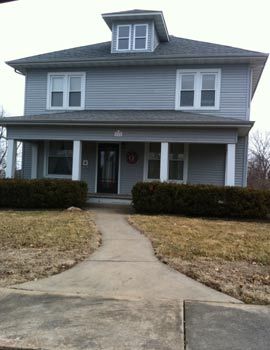 |
These types of homes typically have a foyer with a large living room or study to one side and maybe a sitting or dining room on the other. In addition, the kitchens are in the rear of the house with a dining or eating area between the living areas with bedrooms upstairs. But, as we will get three sides on a real call here before we give our size-up, let’s look at another side before we make a final decision on this.
The second picture is the Side D of the same house. Just from looking at this photo we can determine that there is a set of stairs on that side of the house. We now know that when we walk in the front door, that if we go to the right, we will find a set of stairs.
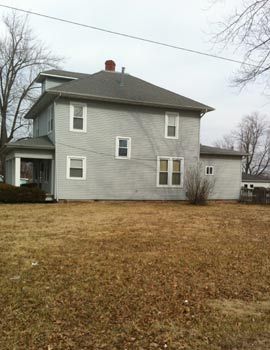 |
As the window is offset between floors, we would correctly expect a landing for the stairs, which means a change in direction for our hose team. We also know where to protect if a team is operating on upper floors.
The same picture shows us a smaller window towards the C/D side of the house. What is that indicative of? As we will see from the next set of pictures, this type of window is usually indicative of a bathroom and sometimes a kitchen. It is possible that this is a walk-in closet as well. We can also see that the back of the house is different from the rest and really doesn’t fit in. It is likely an addition.
Look at the next two pictures and tell me what you see? Take into consideration that the half story may be difficult to access due to the stairs being behind a door. In addition, the smaller window on the front at side A/D corner is likely what room in the house?
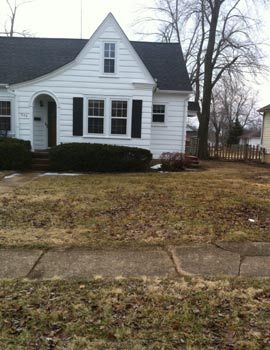 |
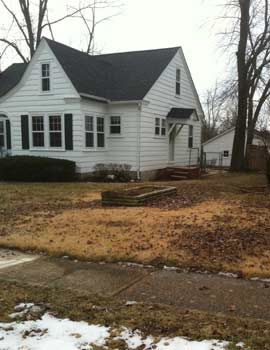 |
If you add the view from the second picture of this house, does it confirm what you think it is? In many of these old houses, there is a stoop or porch that leads to the kitchen and this house is like that. We might normally expect the kitchen to be at the rear of a house like this one, but if we read the building, we can see that it is on the Side A/D corner of the house. Knowing this helps us with our expectations of the rest of the house layout.
The last two pictures are to illustrate the differences in window size and what that could mean.
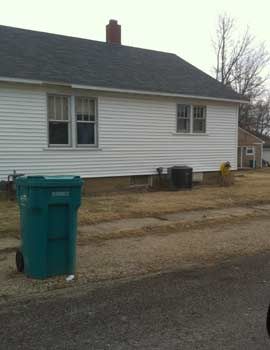 |
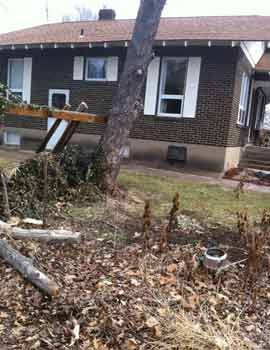 |
Many times windows in bathrooms and kitchens are smaller in height. Why? Because of the plumbing, cabinets and fixtures that come along with those rooms.
This is especially important during your RIT size-up. The RIT crew should make note of these areas and be familiar with the common characteristics to identify these rooms from the outside. It could speed deployment to the appropriate area, but we also would like to avoid making a door out of a window that may have a lot of plumbing and fixtures to go through.
There is a great deal we can learn from just paying attention. The items listed are in no way the only determinations that can be made from these observations. Be diligent and train and get familiar with your area. The experienced folks need to pass this along and the younger folks need to ask these questions.
Train hard and stay safe.











